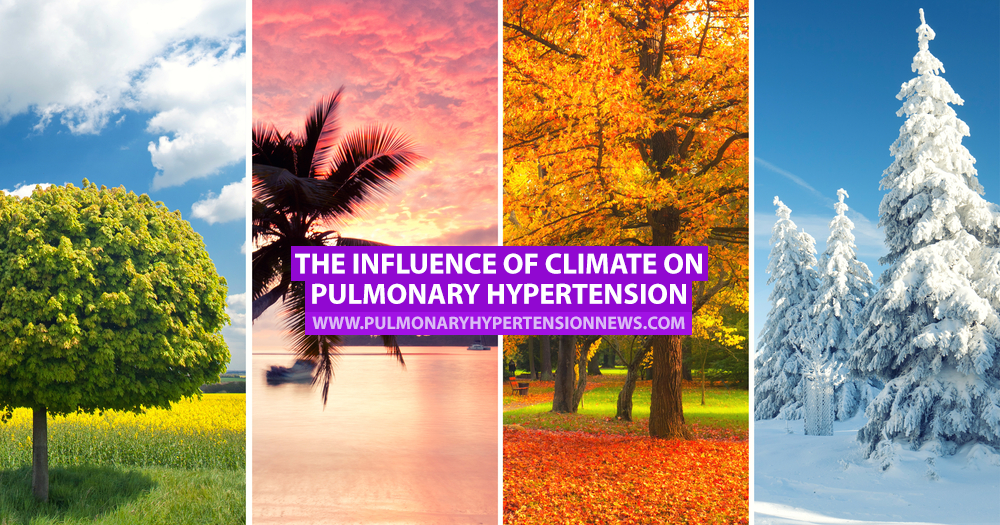The Influence of Climate on Pulmonary Hypertension

Pulmonary hypertension (PH) is a disease that can easily be affected by certain climatic factors. It is important that patients are aware of these to help manage their disease in different environments. The Pulmonary Hypertension Association has some helpful information regarding how climate can affect pulmonary hypertension patients.
MORE: Pulmonary Hypertension Association explains the disease
High altitude
High altitude has a significant impact on PH patients. Low atmospheric pressure causes lower oxygen levels in the blood and the blood vessels in the lungs to constrict, causing an increase in pulmonary pressures, both in PH patients and healthy people. This can cause symptoms to worsen and a decrease in exercise capacity.
Low humidity can also cause lung irrigation and make symptoms worse due to the dry air.
Warm weather
PH patients are at a higher risk of heat exhaustion, dehydration and heat stroke in very hot weather. It’s important to stay hydrated and avoid caffeine and alcohol. Wear light, loose clothes, sunblock and use a wide sun hat. Try to stay in an air conditioned environment, rest regularly and avoid physically exerting yourself during the hottest part of the day.
Cold weather
As colds and flu are more common in cold weather, it’s even more important to maintain good health.
Although staying indoors is a good escape from the cold, don’t forget that dry, hot air can irritate lungs as well. Keep your outside exposure to a minimum, as cold air can take your breath away. Always wear a scarf to protect your face.
Wear layers and a hat to avoid risk of hypothermia, and heat packs inside gloves to keep hands warm. Keep your home prepared for comfort when you return indoors — warm clothes and slippers at the ready and even a hot drink readily prepared in a thermos.
Always store extra warm clothes, blankets and food in your car and inform someone of where you’re going in case you break down.
MORE: 10 essentials for your PH emergency kit
Pulmonary Hypertension News is strictly a news and information website about the disease. It does not provide medical advice, diagnosis or treatment. This content is not intended to be a substitute for professional medical advice, diagnosis, or treatment. Always seek the advice of your physician or another qualified health provider with any questions you may have regarding a medical condition. Never disregard professional medical advice or delay in seeking it because of something you have read on this website.







